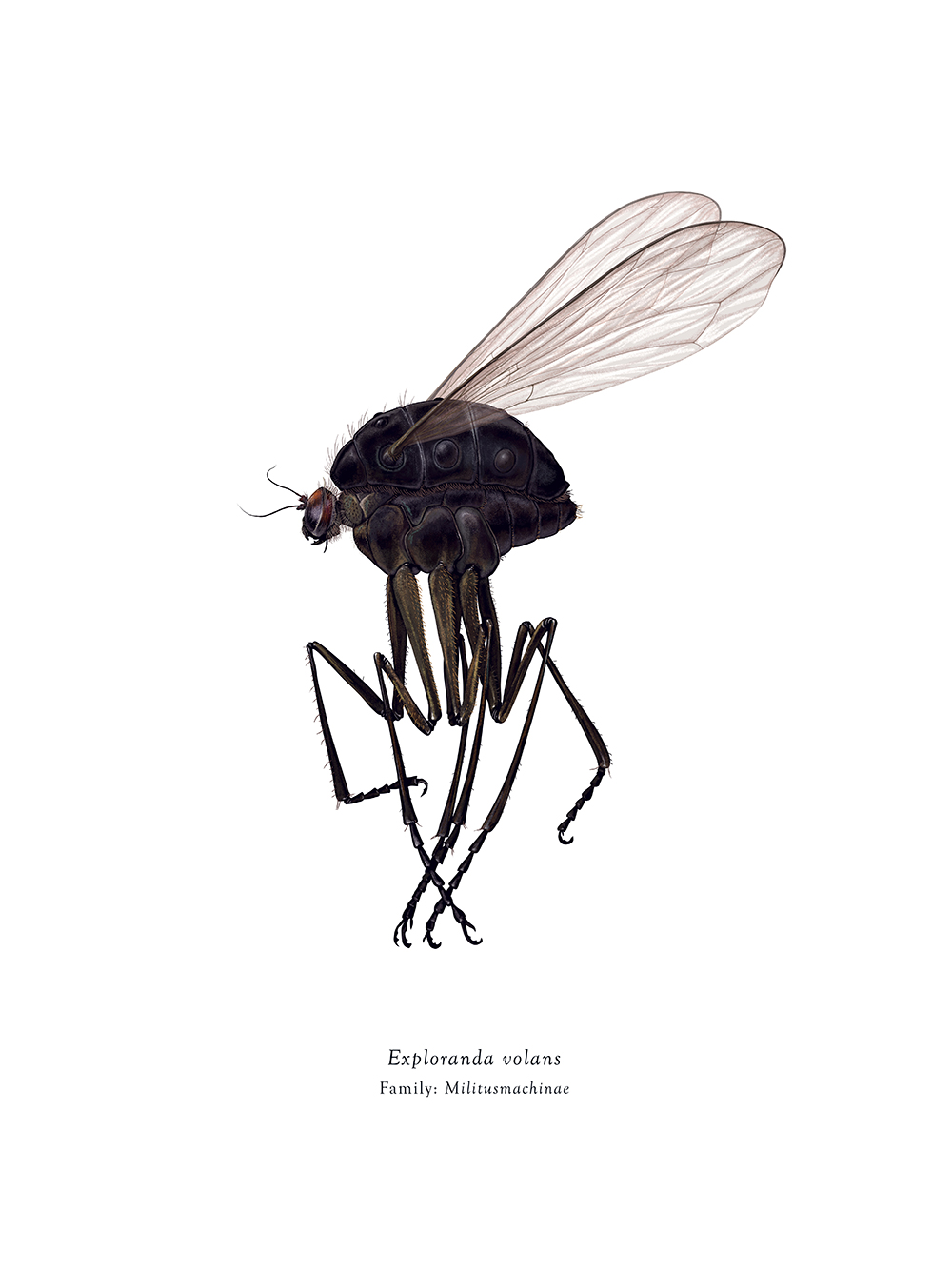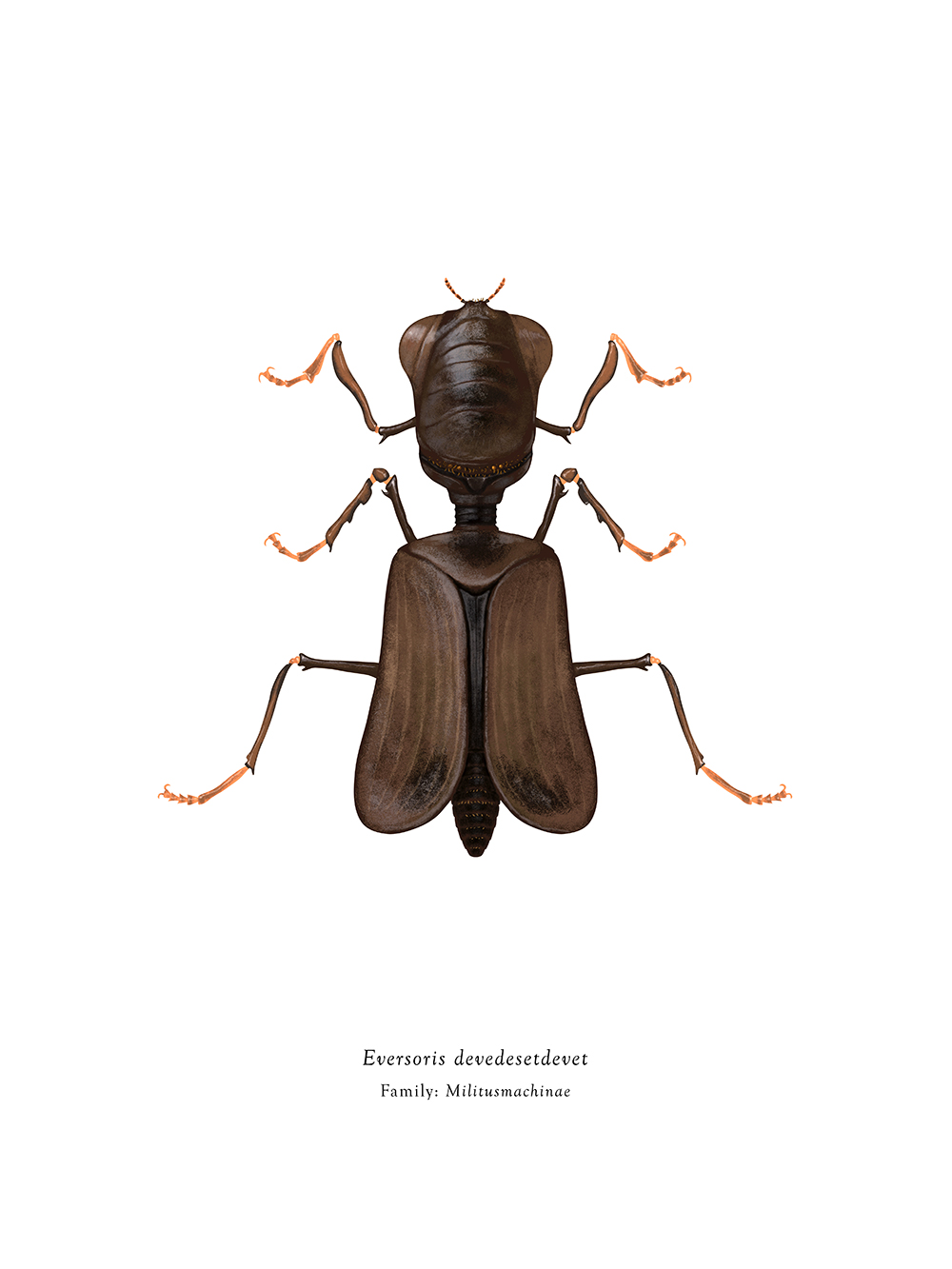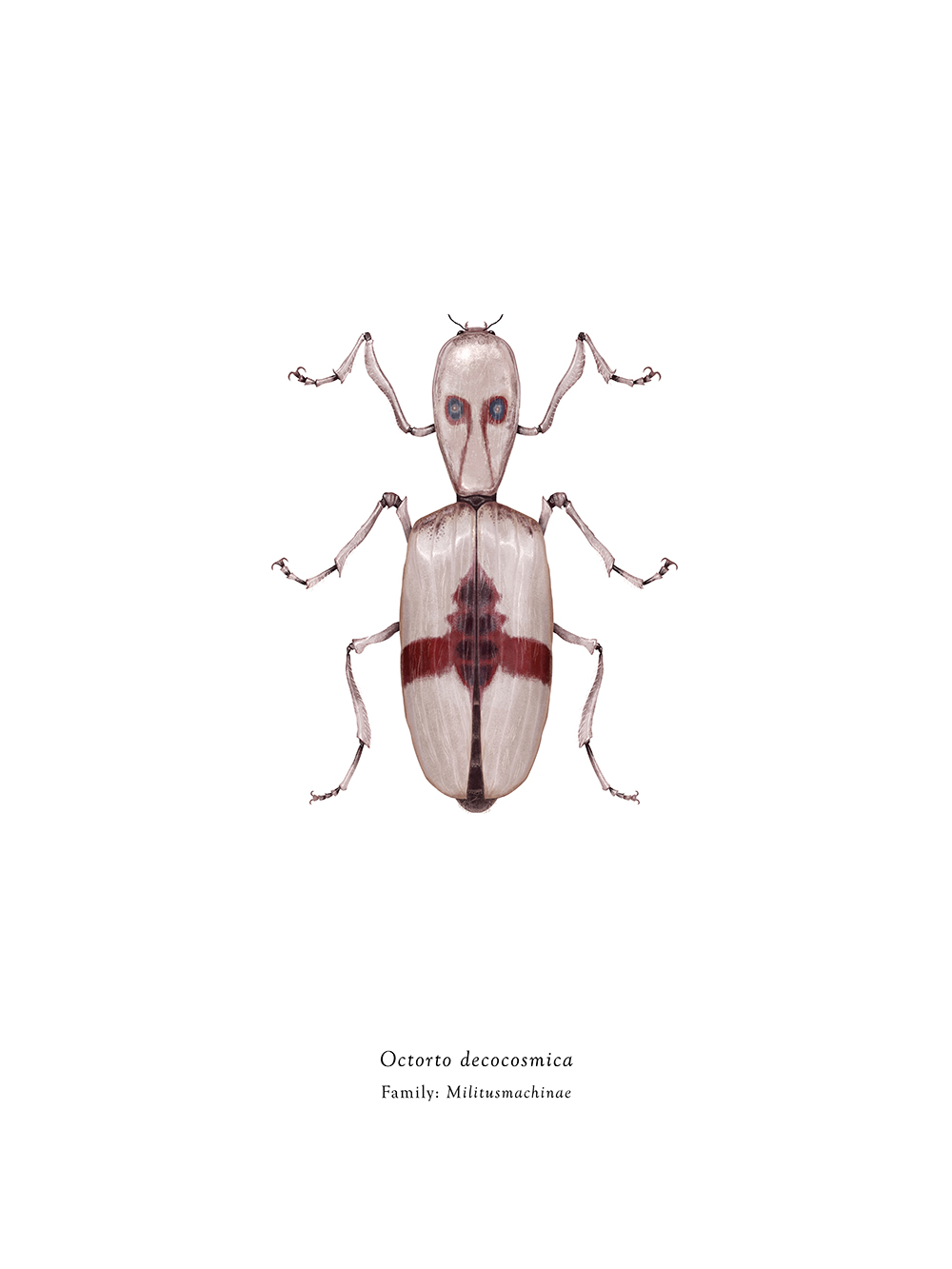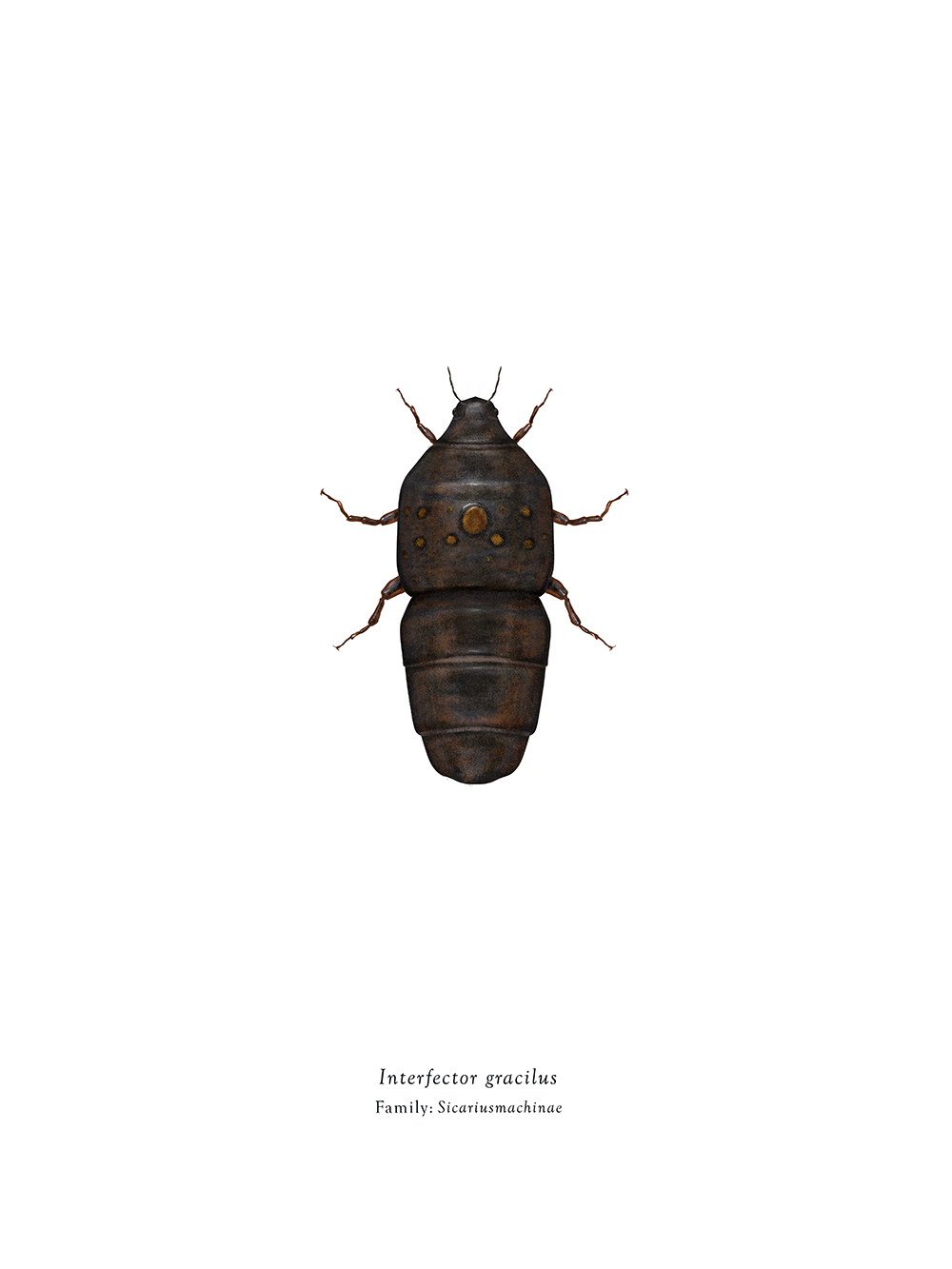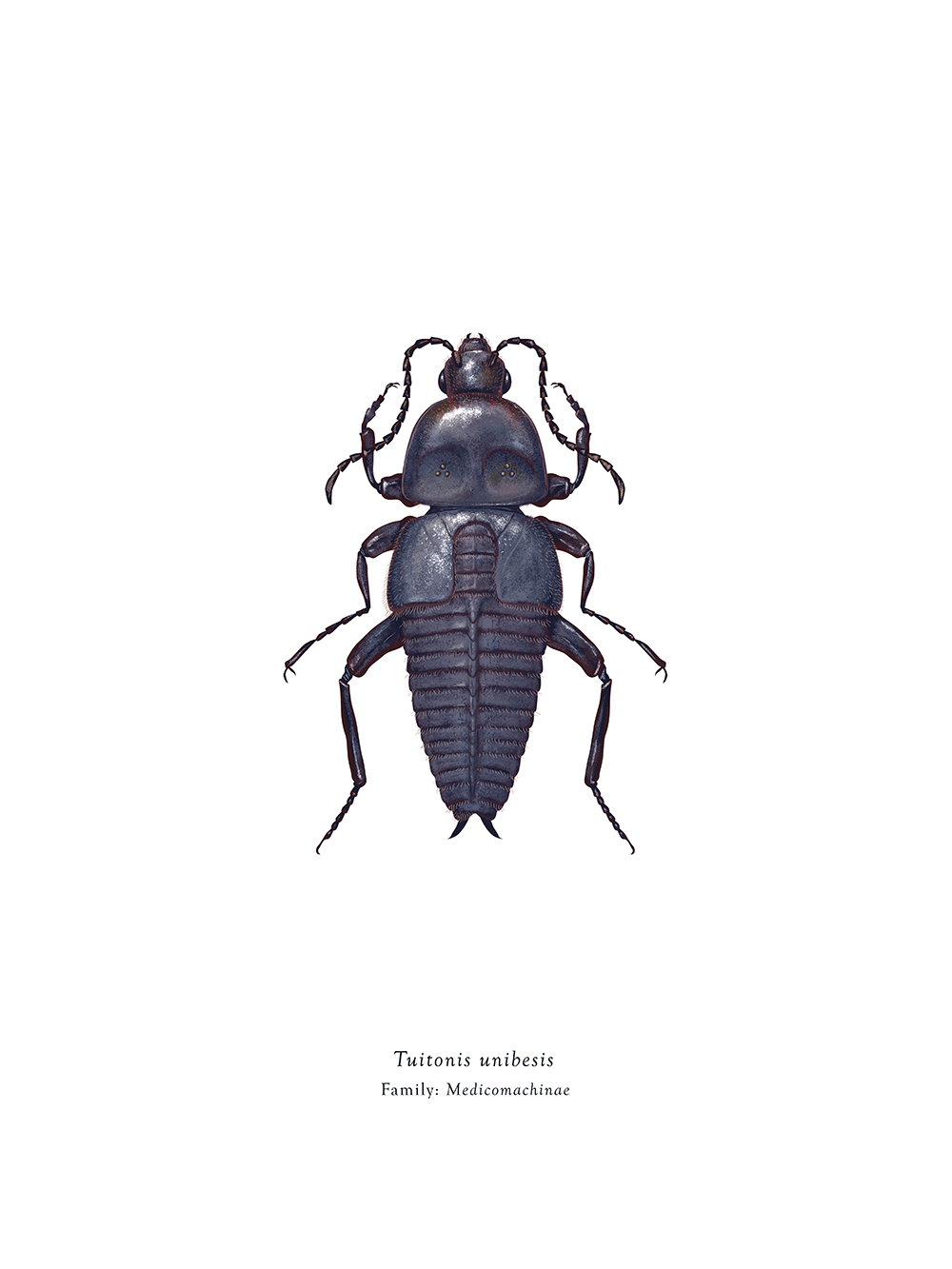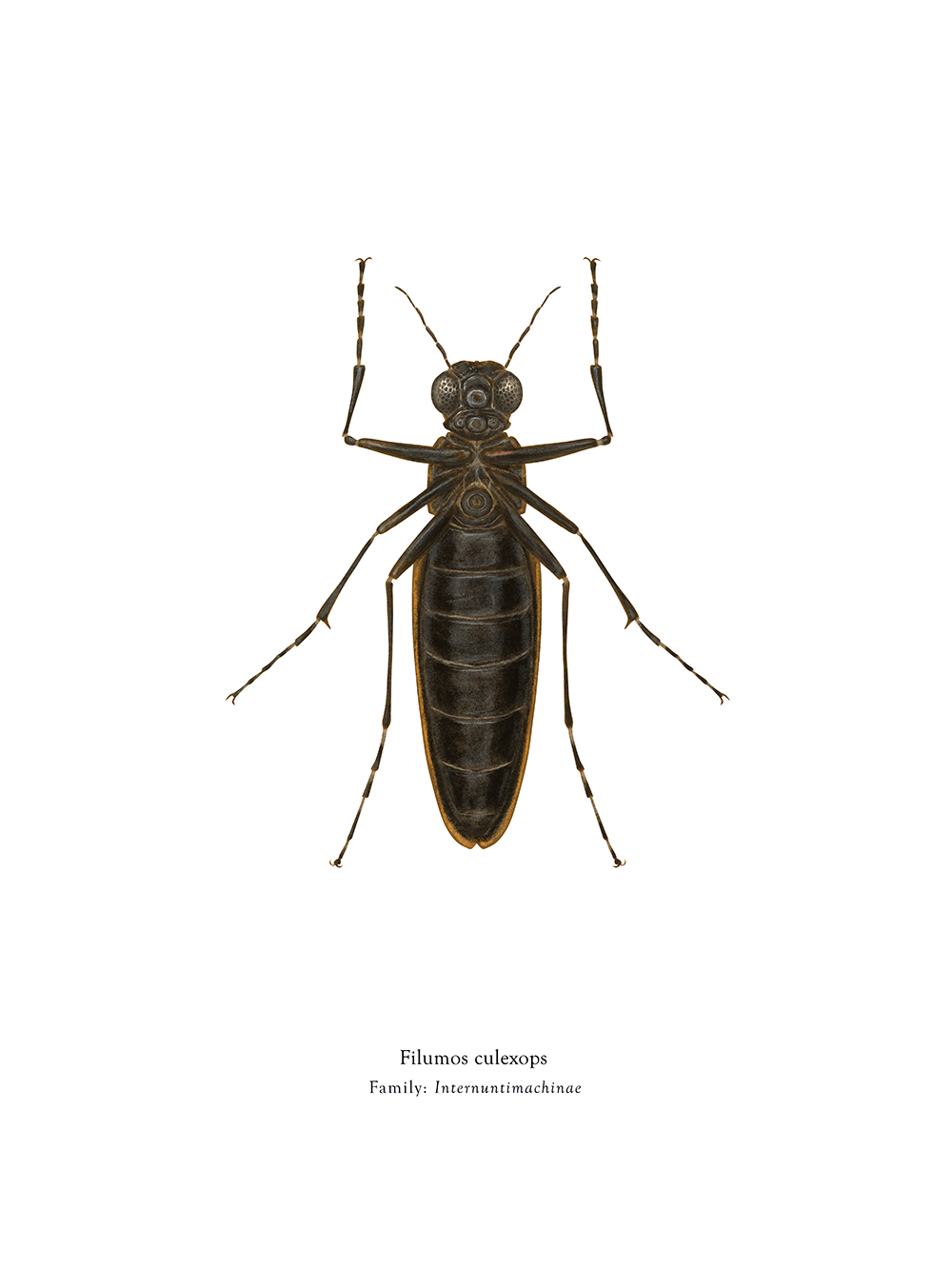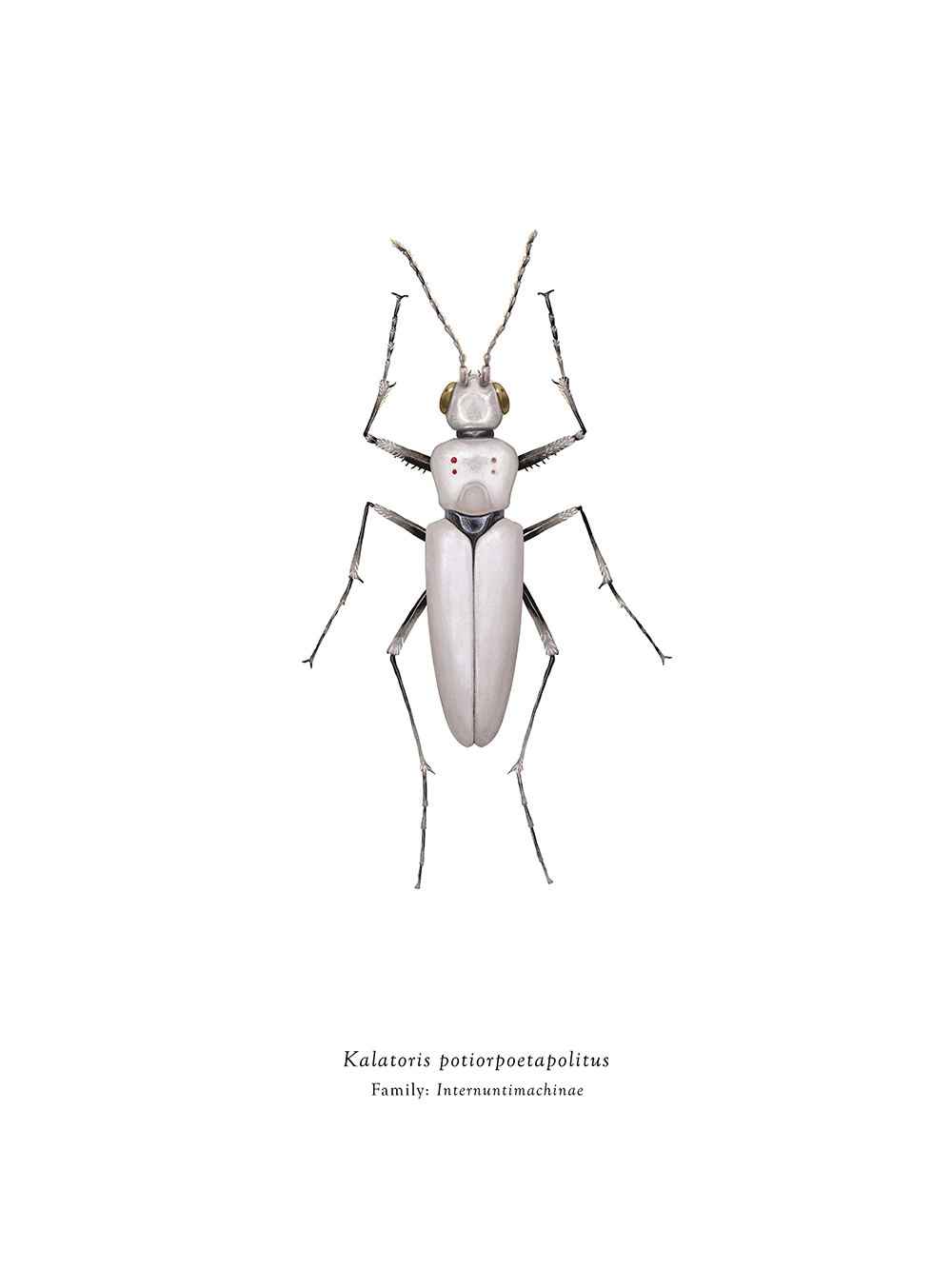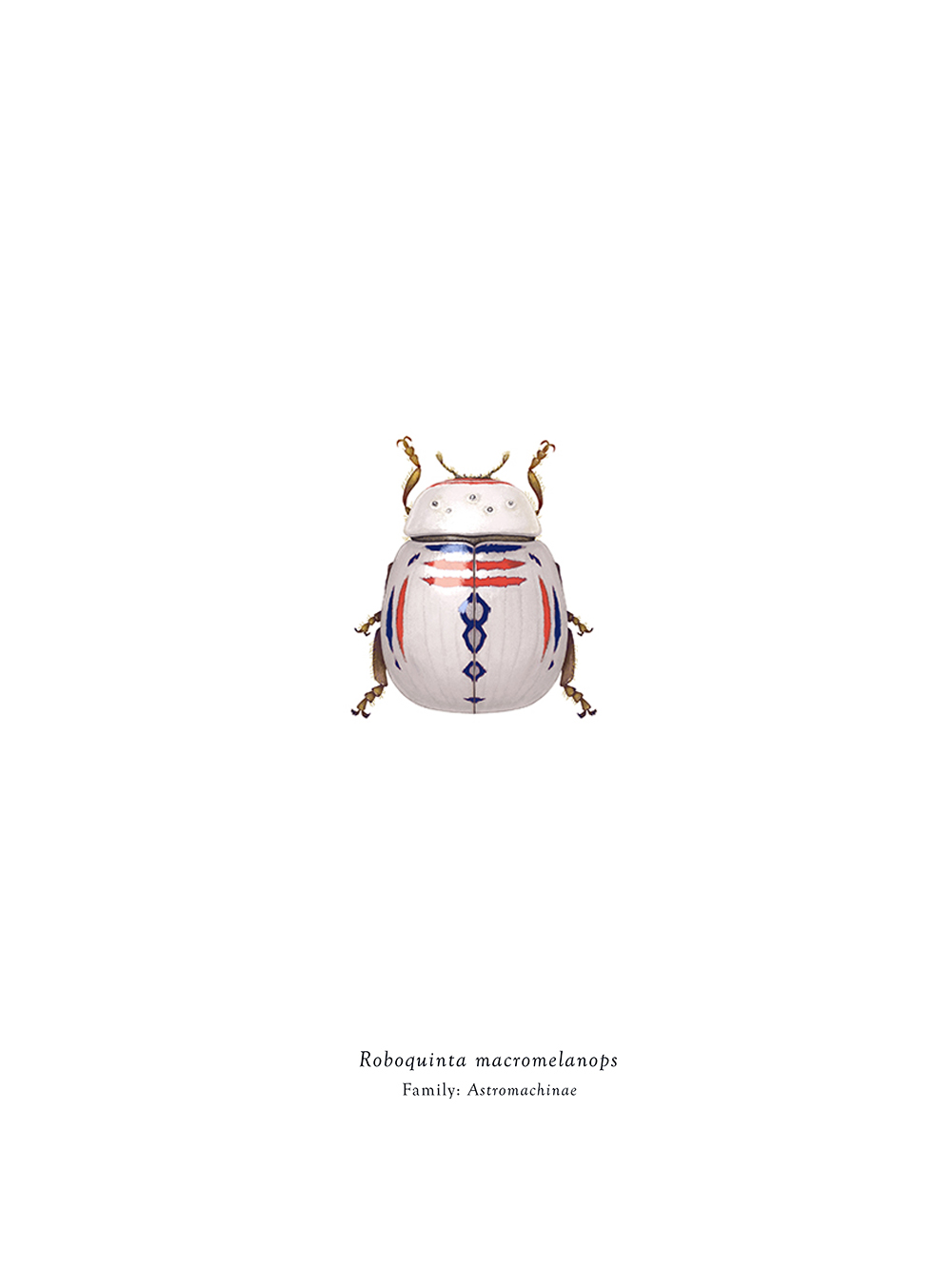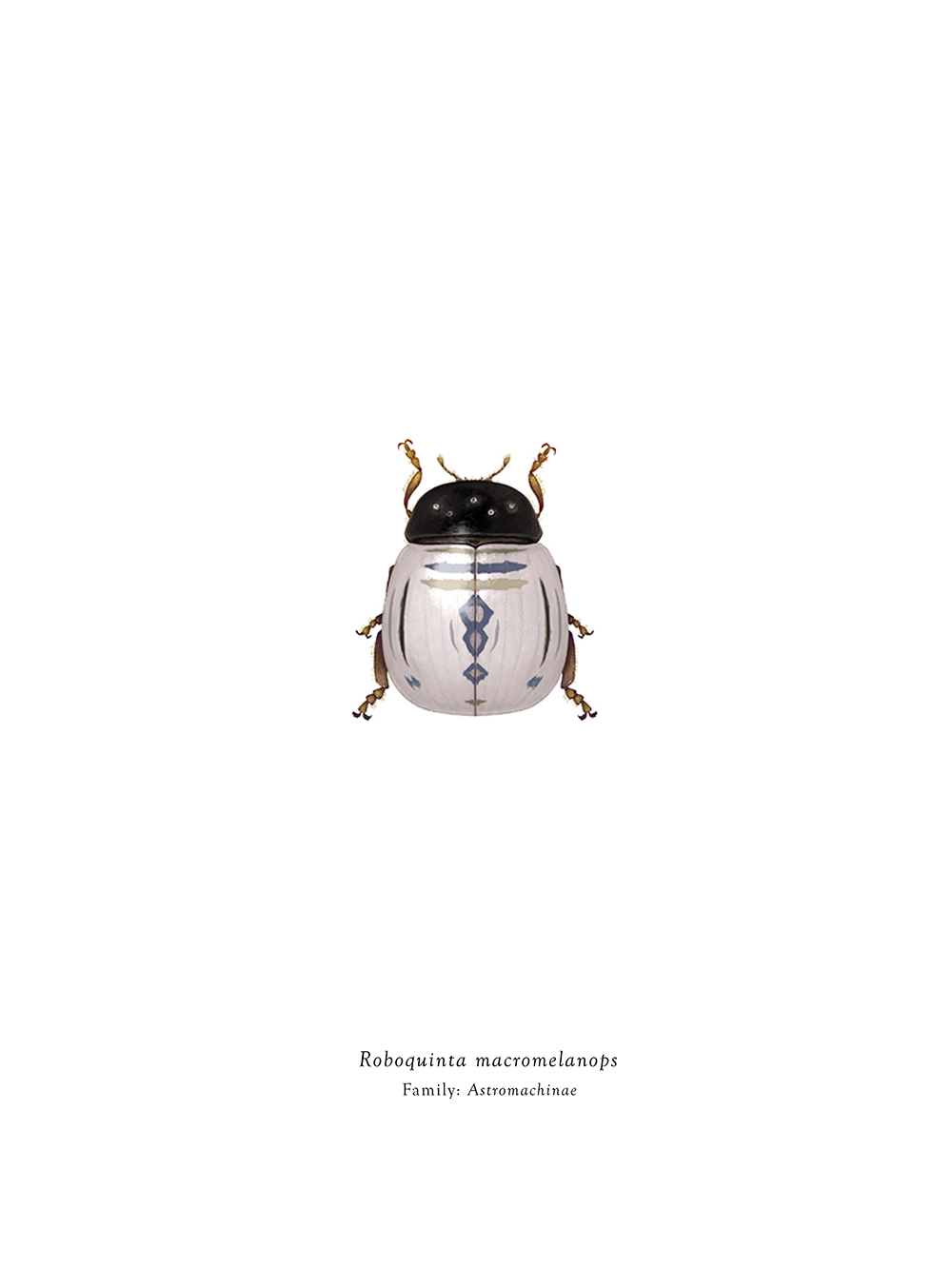Order: Machinamera
………..
Machinamera contain the Families Militusmachinae, Sicariusmachinae, Medicomachinae, Laboromachinae, Undustriamachinae, Volgarismachinae, Internuntimachinae and Astromachinae.
Machinamera are bloodless arthropods and reproduce parthenogenetically. They have all evolved to exist within symbiotic relationship with other species, both inside and outside of their order.
Family: Militusmachinae
This diverse family’s primary behavioural characteristic is aggression, but their secondary is unique to this family species: their ability to collect information, both pheremonal and behavioural, and to share that information within their nest. Gathered information is sometimes shared across species to those other species with which Militusmachinae share nests and a symbiotic relationship, in order to affect the predatory, defence and feeding behaviours of their nest-mates.
Some species of this family have even been observed inflicting injury to other species in order to extract pheromonal information.
Family: Sicariusmachinae
These highly aggressive species will infiltrate a neighbouring nest and attack one particular individual of a species, ignoring all others. These attacks almost always cause the death of the prey species. The attacked species is removed from the neighbouring nest and sometimes delivered to another nest. The reason for these focussed attacks are unknown, as the Sicariusmachinae have never been recorded consuming the attacked individuals. It is thought perhaps to be a territorial behaviour, performed on behalf another species in return for protection or food.
Family: Medicomachinae
A fascinating family of the order Machinamera, Medicomachinae have been observed carrying injured nest-mates back to the nest, and even tending the wounds of injured species of the same order. They reportedly groom the wounds of the injured with their mouthparts. This grooming likely removes dirt from the injuries and may also apply antimicrobial substances to the wounds.
Family: Laboromachinae
These species are typically very dexterous with all 3 pairs of limbs and with mouthparts and antennae. They exhibit necrophoric behaviour, presumable to keep nests clear of pathogens. They also move injured nest-mates to areas where Medicomachinae can tend them.
Family: Industriamachinae
Not much is known about these species except that they help produce material for nest-building. They are also known to transport material in and out of the nest.
Family: Volgarismachinae
These very simple species work in symbiosis with more advanced families. Their primary contribution to the relationships being nest maintenance.
Family: Internuntimachinae
One of the most fascinating families of the Machinamera order are the Internuntimachinae. It seems they have highly evolved pheromone recognition and transmission as well as being highly sensitive to display behaviours across many diverse species. This cross-species communication is common in these orders but Internuntimachinae are alone in their great range of chemical and display signalling and reading. This information is often shared with their symbiotic partner species. These species are rarely aggressive nor are they particularly adept defensively and so rely on other their partner species to perform predatory and defense duties for them.
Internuntimachinae tend to be very loyal in their symbiotic relationships. There are, however, a few notable exceptions. Filumos culexops, for example, has evolved to be a fairly solitary species, moving from species to species exchanging found information about defense and predation of prey with whichever local species will exchange the most food.
Family: Astromachinae
These small Machinamera are worker species, primarily concerned with nest-repair and construction, but also with some tending of wounded insects, displaying some similar behaviour to the Medicomachinae. They will often tend larger host insects of the family Naviculae, in order to facilitate continued carriage and conveyance and seem to be able to apply this learnt behaviour across many of the larger species (although they seem particularly adept at partnering and tending Astrovolucris ecsopterus).
Their diversity of symbiotic relationships is often aided by Internuntimachinae who act as an information pathway between species, translating the Astromachinae’s peculiar communication sounds into displays and pheromonal secretions more widely understood across species.
Some Astromaschinae and Internuntimachinae have been observed to remain in these mutualistic interspecies partnerships for life.
